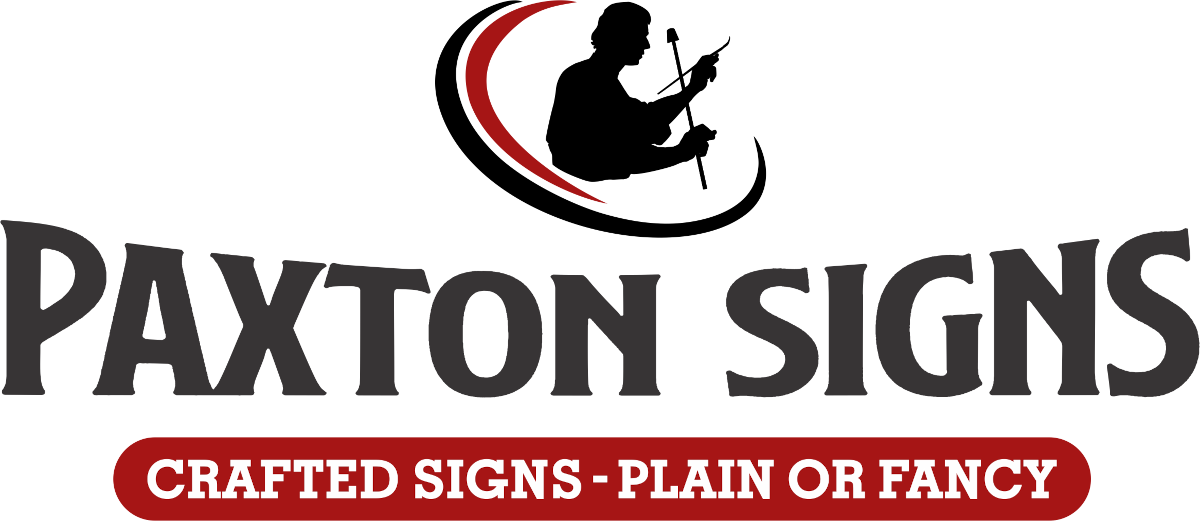 The more you Google them, the more you find. The more you find, the more fascinating they are. What are they? Ghost signs… signs that still haunt America.
The more you Google them, the more you find. The more you find, the more fascinating they are. What are they? Ghost signs… signs that still haunt America.
Ghost signs are faded, hand-painted wall signs that were rendered on the outside of old shops and office buildings from 1760 into the early 1900s. They range from faded, indiscernible fragments to visible words and detailed graphic elements.
A great example of a Coca Cola ghost sign can still be enjoyed in Old Town Fort Collins, Colorado (See photo, above). It has had minor restoration, which is probably why the graphics are more vivid than those on most ghost signs. (Vividness depends on the choice of colors and the direction the sign is facing. For example, south and west facing signs tend to fade more than east and north facing signs.)
The Industrial Revolution ushered in ghost signs
During the Industrial Revolution, industries began mass-producing products for America’s growing urban population. Eventually, these industries and advertisers realized they could paint on outdoor walls. Apparently, that was the cheapest way to get noticed. So, they painted on just about every surface big enough to be seen by passersby. It may seem shocking now, but they even painted over Georgian and Victorian-era buildings – the architecture we value today. Unfortunately, at that time, there were no preservation laws. Now there are. More on that later.
Of course, advertisers paid homeowners monthly rent for the use of their walls. The parties involved signed contracts that lasted many years. In time, American advertisers eventually painted on the outside of tall city office buildings and entire apartment blocks, even farm structures such as barns. One sign painter illustrated chewing tobacco on 20,000 barns!
Below: More ghost signs in Fort Collins’ Old Town district. Notice how the north-facing Nedley Hotel ghost sign is much more vivid than the two east and south facing ghost signs.



Madison Avenue changed everything
By the 1950s, new materials like plastic and neon revolutionized the sign industry. Eventually, Madison Avenue’s multi-marketing advertising approach took hold: magazines, radio, television and printed billboards offered advertisers broad graphic options and marketing consistency. This meant no more crude hand-painted, labor-intensive outdoor wall advertisements. It also meant the beginning of the end for outdoor brick wall advertising. Soon, they all would become ghost signs.
Enter: William Stage
Obviously, the world had changed. Ghost signs gradually faded, some to near obscurity. However, since most were too large to remove, they remained where they were painted. The term, Ghost Signs, emerged in the mid 1970s. Soon after, in 1989, the first book on the subject was published by William Stage entitled, Ghost Signs: Brick Wall Signs in America. Unsurprisingly, it involved decades of travel and sometimes required Stage to stand on dumpsters and rooftops to photograph views of what passersby had once thought were common and unremarkable brick building advertisements.
Whodathunkit?
So, what does the future hold for these faded advertisements? Fortunately, the U.S. has an active preservation movement. Some enthusiasts even hope that these faded memories – these ghosts – will gain a similar cachet as Bansky’s public art. And that could raise property values! Whodathunkit? For the time being, they are still ghost signs that still haunt America; advertising apparitions from the past.
View more ghost signs in Fort Collins at, https://medium.com/@david3ecker/13-ghost-signs-of-old-town-fort-collins-cb3b8c573704
Call us for a sign consult at, 970-221-5519
Look for us on Instagram at, www.instagram.com/paxtonsigns/
See more Paxton Signs handiwork on Pinterest at, https://www.pinterest.com/boliver0474/boards/
View Paxton Signs’ galleries at www.paxtonsigns.com or by using the menu bar, above.
Visit us on facebook at, www.facebook.com/paxton.signs



